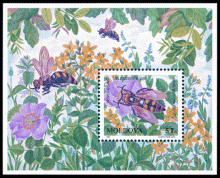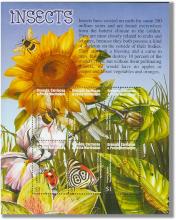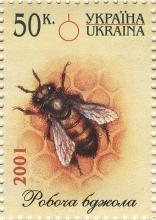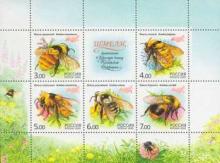Gebruik van neonicotinoïden in Nederland - maar liefst 85 procent van het totale gebruik valt onder allerlei vrijstellingen
Het tijdelijke Europese verbod op drie voor bijen gevaarlijke bestrijdingsmiddelen heeft in Nederland nauwelijks effect op het grootschalige gebruik van deze middelen. Maar liefst 85 procent van het totale gebruik valt onder allerlei vrijstellingen. Dit blijkt uit een analyse die het Centrum voor Landbouw en Milieu (CLM) uitvoerde in opdracht van Greenpeace. De milieuorganisatie wil dat de Nederlandse politiek stevigere maatregelen treft om de bijen en andere insecten te beschermen en pleit voor een totaalverbod op alle stoffen waarvan bekend is dat ze schadelijk zijn voor bijen en andere bestuivers. Dinsdag buigt de Tweede Kamer zich over de motie van de SP om het deelverbod op te rekken en meer toepassingen van de drie neonicotinoïden te verbieden










